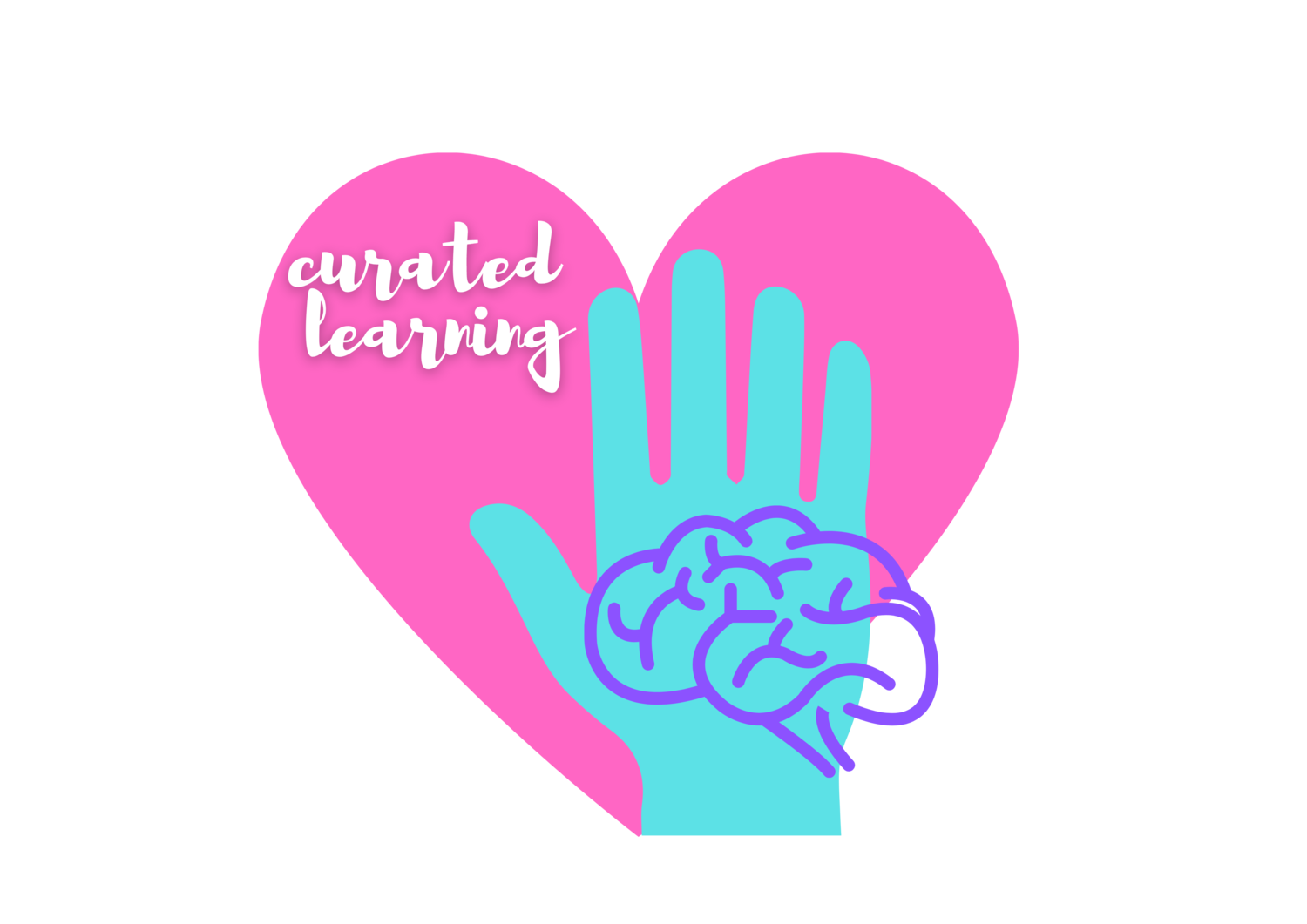Curated learning
I investigated how museum educators curate the learning environment to facilitate students’ deep learning. I developed a teaching approach—Curated learning, that leverages the interdependence between pedagogy and the built environment. My study provides unique insights on how school teachers can adapt principles of Curated learning in their classroom practice.
Short videos explaining Curated learning
Below are excerpts from the report of examiner one, who is a Professor and Senior Research Fellow at the University of Leicester:
While the study draws on literature internationally but the research sites are specifically located in Australia and New Zealand, but the thesis is informed by the candidates experience of working in the museum sector in the Philippines. The study reports on 28 participants with 42 observation & 25 interviews and associated data collected across both countries in nine sites, focusing on the physical context, the personal and sociocultural. The findings are rooted in real museum experiences and give a depth of insight into an area barley acknowledged, let alone previously researched, the skilful, nimble, flexible way museum educators inhabit and curate highly diverse spaces to generate deep learning experiences for school students. The research findings indicate much can be learnt from museum practice through the process of curating learning, the purposeful selection, manipulation and use of elements in the learning environment to set up the conditions for deep learning, the development and categorisation of the 6Cs of curated learning creates a concept with huge potential both for the museum sector and learning in school environments.
This thesis explores an area much overlooked, which has been given little or no attention in museum practice and research, the specific ambitions of Learning Environments and Teacher Change (ILETC) created an opportunity to view museum practice from a perspective informed from outside the museum sector and had resulted in a thesis which is both novel and highly relevant internationally.”
The concept of Curated learning emerges as a strong and clear way of articulating and conceptualising what museums educators are doing to maximise learning environment to facilitate student’s deep learning. The 6c’s of Curated learning offer a robust set of principles clearly linked to the competencies of deep learning and offer an approach that can be used by teachers and museum educators alike, though may be useful if different ways to the different sectors.
This thesis makes a substantive and highly original contribution to knowledge in this area, it is a solid robust piece of novel research in an area that has not been researched before. There was something tacit about the research which makes it very real, emerging from considerable practice based experience both of the researcher and the research participants which gives it a real depth.
Though firmly based on case studies in Australia and New Zealand the study fleetingly alluded to the practice in the Philippines and the realisation of quality and sophistication of museum learning environments, this research opens up a real opportunities to show the significance of museum education in economically developing countries where the impact on young people’ lives could be profoundly significant in creating Deep learning.”
Early in my career I worked as a museum educator, reading this thesis I was often drawn to recall my own experiences, this thesis has given me insights and a vocabulary for what I practiced but was insufficiently aware of and did not have the conceptual framework to understand. This work needs to be shared widely, most of all to enrich the learning experiences of young people.
Examiner two, an Associate Professor at the University of Galve, had these to say about my thesis:
The thesis provides a sufficiently comprehensive investigation of museum education and museum educators. In this field of research, it is a solid work in terms of its reviews of previous research, the amount of data collected, results and conclusions.
The literary quality and general presentation of the thesis are of a suitably high standard. A clear strength of the presentation is that right from the start the candidate writes in a simple and compelling way that guides the reader through the chapters and, through her argumentation, presents different considerations and choices in a transparent and convincing way.
In the introductory chapter the candidate presents the background from both a personal and professional perspective and also makes a sort of phenomenological placement of herself, which gives the manuscript a narrative voice. Such an introductory presentation enhances the literary quality and makes the text more interesting and readable.”
The theoretical contribution of the thesis is impressive and I agree that the findings of this study have shown that a revised framework incorporating elements of the learning environment, pedagogical affordances, and teacher´s strategies for students’ deep learning provides a more comprehensive view of museum educators practices related to facilitating student learning.
A useful contribution to both museum education and schools is the suggested observation checklist that can be used by museums to help museum educators to self-identify their teaching and what might support deep learning in the learning environment. It also provides an opportunity for museum educators to reflect on their practices. The observation checklist is also an interesting tool to use for observations of different teaching practices in schools.


